There’s something incredibly satisfying about watching simple ingredients come together to create something extraordinary. The creaming method is one of those baking techniques that can completely change the texture of your cakes and cookies, making them light, tender, and beautifully structured. I still remember the first time I nailed it—suddenly, my cakes weren’t dense or dry but had that perfect bakery-style softness!
In this blog, we’ll dive deep into the creaming method, covering everything from when to use it, how to perfect it, and even an eggless variation for those who prefer or need to skip eggs. Whether you’re making a classic butter cake or a tender batch of cookies, mastering this method can make all the difference!

WHAT IS THE CREAMING METHOD?
The creaming method is a baking technique that involves beating together butter (or another fat) and sugar until the mixture becomes light, fluffy, and pale in color. This process incorporates air into the mixture, which helps create a tender and well-structured bake. Once the butter and sugar are properly creamed, eggs and other wet ingredients are added, followed by the dry ingredients.
WHEN TO USE THE CREAMING METHOD
The creaming method is ideal for recipes that require a light and tender crumb. It is commonly used in:
- Cakes (e.g., butter cakes, pound cakes, and some sponge cakes)
- Cookies (e.g., chocolate chip cookies, sugar cookies, and shortbread)
- Muffins and cupcakes
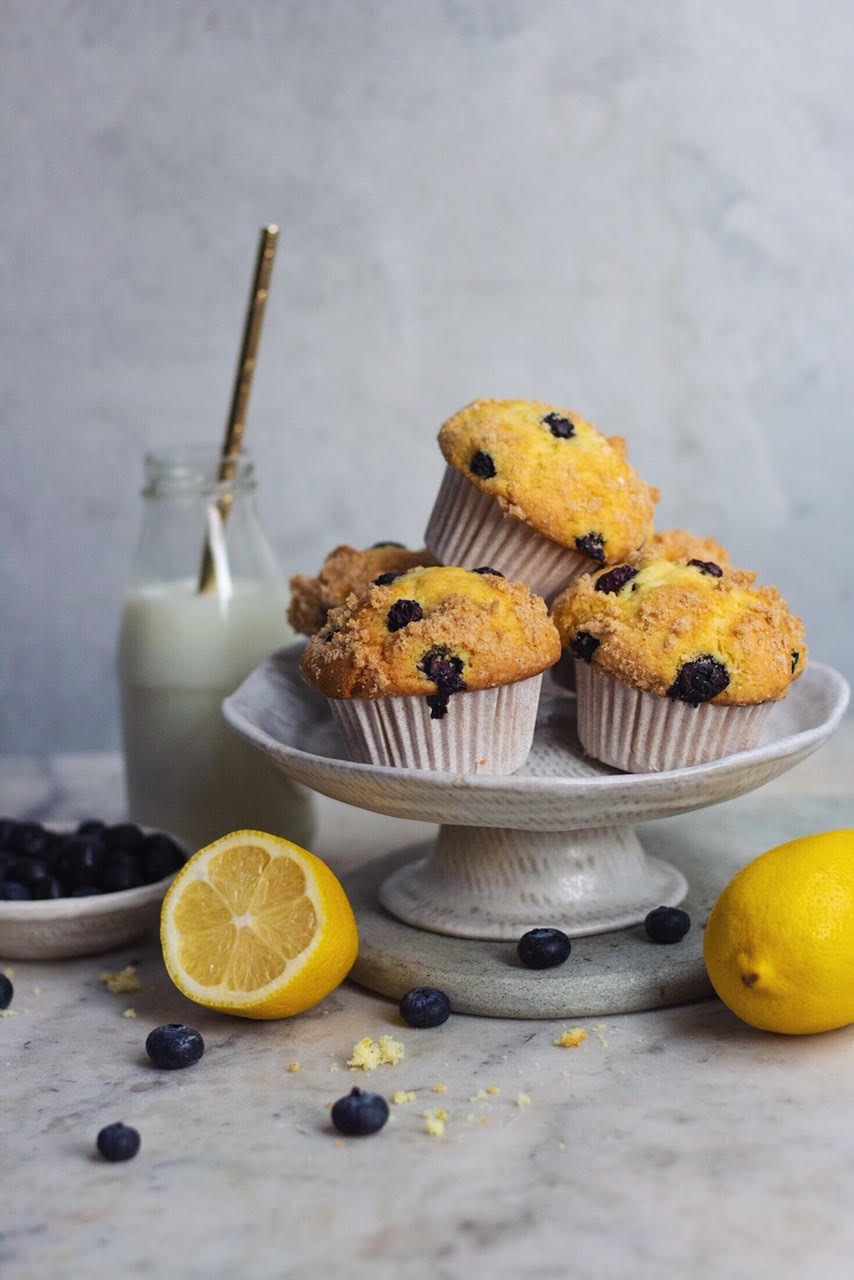
RELATED RECIPES FROM THE BLOG
EGGLESS ZEBRA COOKIES
EGGLESS WHOLEWHEAT COOKIE CUPS
CHOCOLATE PUDDING CAKE
TEA INFUSED BLUEBERRY MUFFINS
WHY IS THE CREAMING METHOD IMPORTANT?
The success of many baked goods depends on proper aeration, and the creaming method plays a crucial role in achieving this. Here’s why it’s important:
- Creates Air Pockets – Beating butter and sugar together traps air, which expands during baking, leading to a well-risen and tender texture.
- Enhances Flavor – Properly creamed butter and sugar develop a more uniform and rich taste.
- Improves Texture – It ensures the baked good is neither too dense nor too dry.
- Distributes Ingredients Evenly – Ensures all components are mixed properly for consistent results.
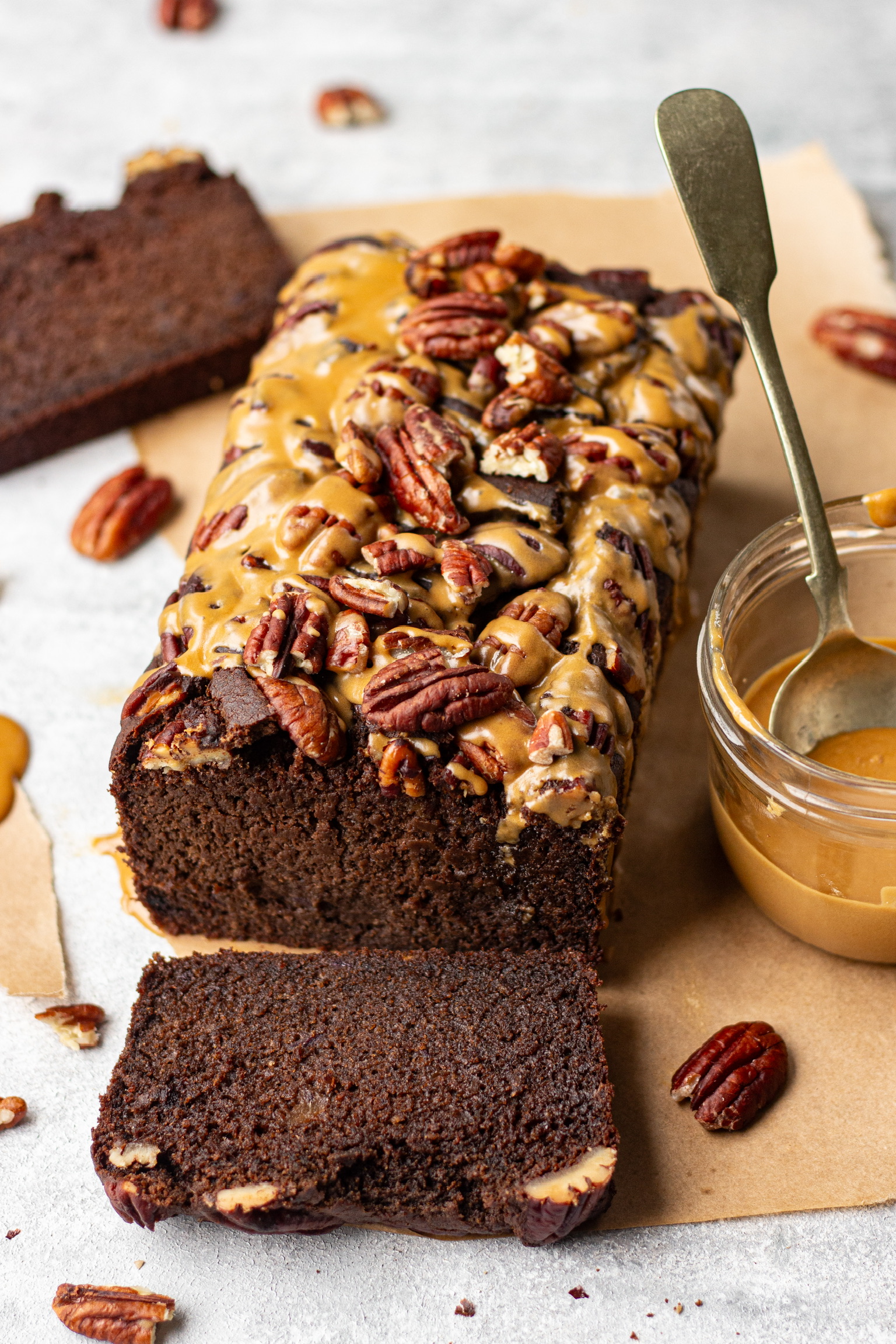
HOW TO PROPERLY USE THE CREAMING METHOD
Step 1: Use Room Temperature Butter
For effective creaming, butter should be soft but not melted. Room temperature butter blends more easily with sugar, creating the necessary air pockets.
Step 2: Combine Butter and Sugar
Place the butter and sugar in a mixing bowl and beat them together using a stand mixer, hand mixer, or whisk. The goal is to incorporate air, so this step usually takes 3 to 5 minutes at medium speed.
Step 3: Look for Texture and Color Changes
You’ll notice that the mixture turns paler and fluffier. This is a sign that air has been properly incorporated.
Step 4: Add Eggs One at a Time or the wet ingredients
Once the butter and sugar are creamed, add eggs one at a time, beating well after each addition. This prevents the mixture from curdling and ensures even incorporation.
Step 5: Fold in Dry Ingredients
Once eggs are mixed in, gradually add dry ingredients (flour, baking powder, etc.) and mix at a low speed to avoid overworking the batter.
Eggless Variation of the Creaming Method
For those who prefer eggless baking, the creaming method can still be used effectively by making a few modifications:
- Beating the butter and sugar for a longer time (around 5-7 minutes) to ensure maximum fluffiness.
- Gradually adding the liquid substitutes like yogurt or buttermilk while continuing to mix.
- Avoiding overmixing after adding dry ingredients, as too much mixing can lead to a denser final product.
Eggless cakes and cookies made using the creaming method can still turn out beautifully soft and flavorful when these adjustments are made.
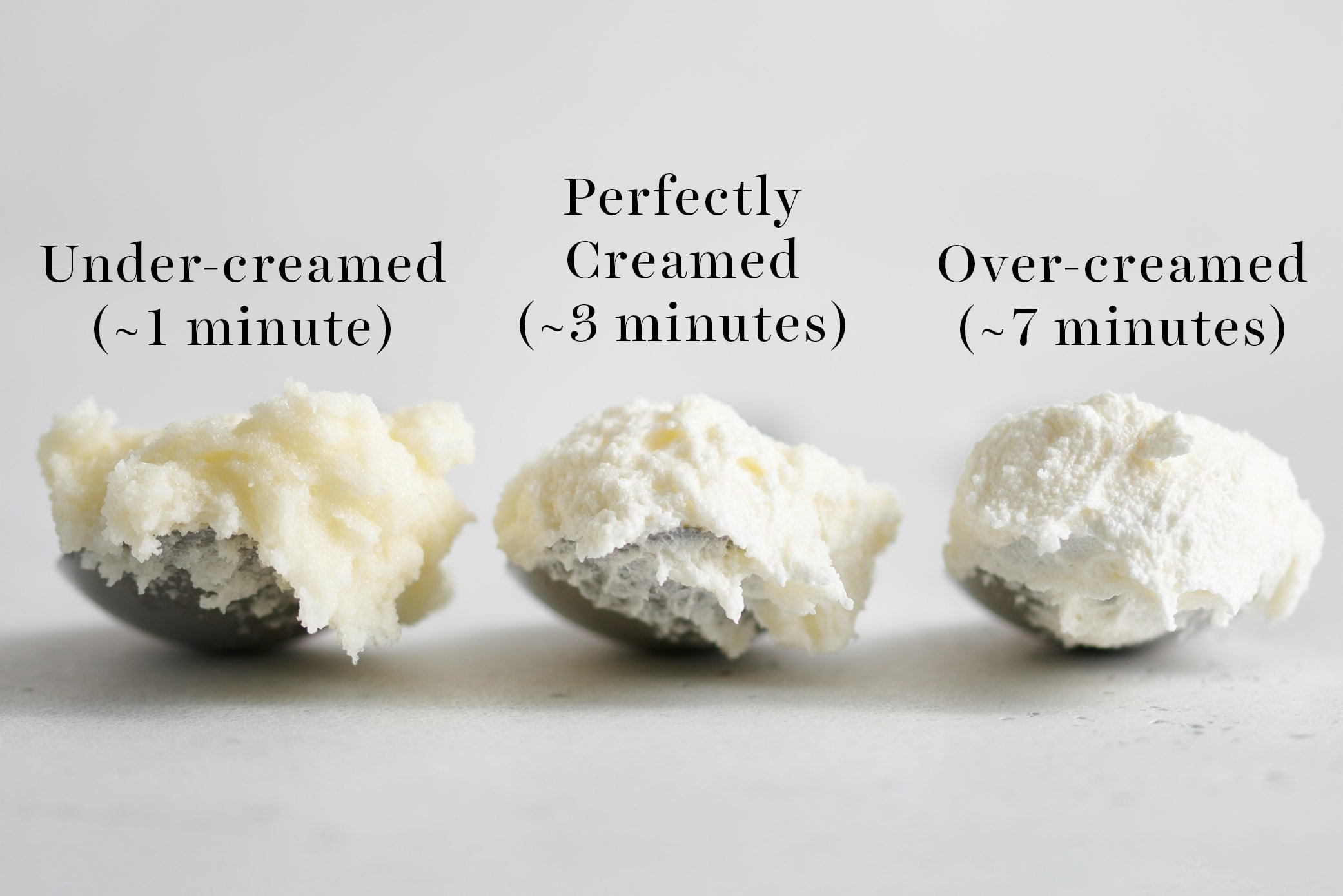
COMMON MISTAKES AND HOW TO AVOID THEM
- Using Cold Butter – Cold butter won’t cream properly, leading to dense baked goods.
- Over-creaming – If butter and sugar are beaten for too long, the batter may become too soft and lose structure.
- Not Scraping the Bowl – Always scrape the sides of the bowl to ensure even mixing.
- Adding Eggs Too Quickly – This can cause the batter to curdle. Add eggs slowly and beat well after each addition.
- Overmixing After Adding Flour – Mixing too much once the dry ingredients are added can lead to tough baked goods.
BAKED GOODS THAT DO NOT REQUIRE THE CREAMING METHOD
Not all baked goods rely on the creaming method. Some recipes use alternative mixing techniques for different textures and consistencies. These include:
- Chiffon Cakes and Angel Food Cakes – These rely on whipped egg whites for aeration rather than creamed butter and sugar.
- Brownies and Blondies – Most recipes use a melted butter and sugar method instead of creaming to create a dense, fudgy texture.
- Pie Crusts and Shortcrust Pastries – These require a technique called the “rubbing-in method” where cold butter is cut into flour.
- Bread Doughs – Yeasted breads depend on kneading rather than aeration from butter and sugar.
- Muffins and Quick Breads – Some recipes use the “muffin method,” where wet and dry ingredients are mixed separately and then combined without creaming.
Understanding when to skip the creaming method can save time and ensure you achieve the right texture in your bakes.
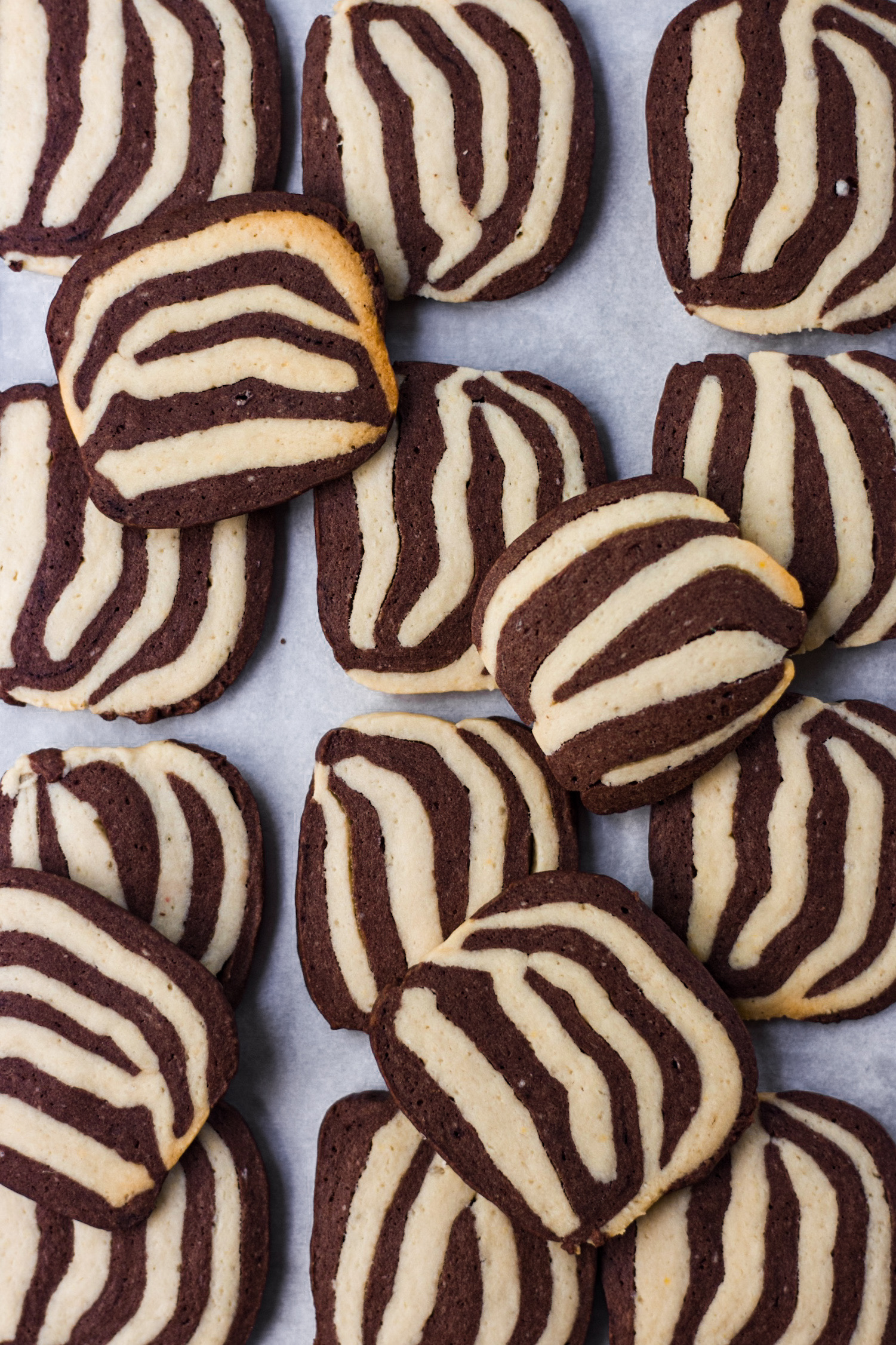
Mastering the creaming method is a game-changer for home bakers. Whether you’re making a classic butter cake, your favorite batch of cookies, or an eggless variation, understanding this fundamental technique ensures better results every time. By paying attention to butter temperature, mixing time, and ingredient incorporation, you’ll achieve light, airy, and perfectly baked treats.
So, the next time you’re in the kitchen, give the creaming method the attention it deserves—and watch your baked goods transform!

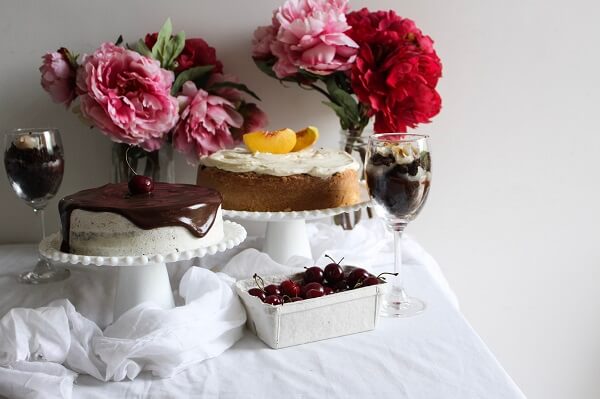 Hello. I'm Shivesh Bhatia, a food blogger and food stylist from Delhi, India. Welcome to Bake With Shivesh, where I'll help you create magic in your kitchens with my simple recipes.
Hello. I'm Shivesh Bhatia, a food blogger and food stylist from Delhi, India. Welcome to Bake With Shivesh, where I'll help you create magic in your kitchens with my simple recipes.
Leave a Reply